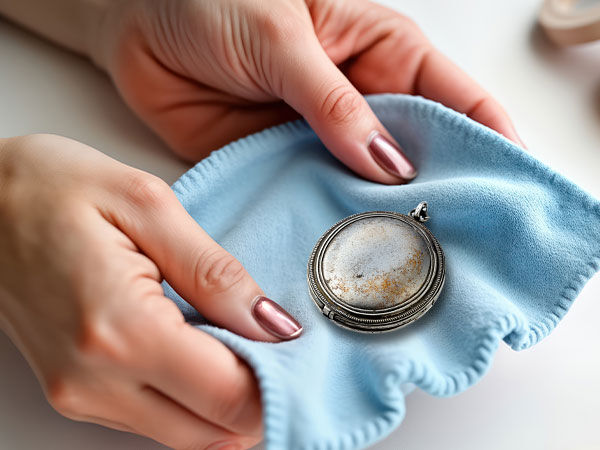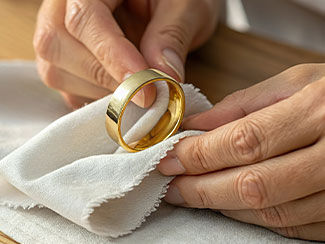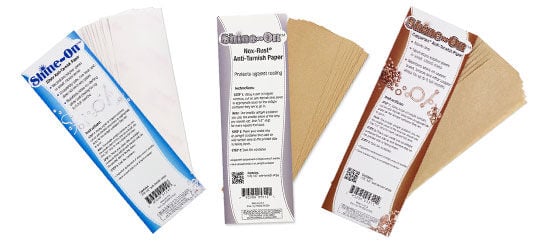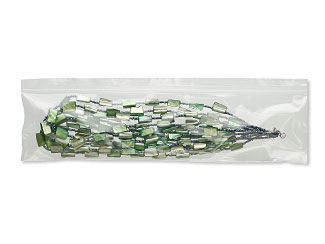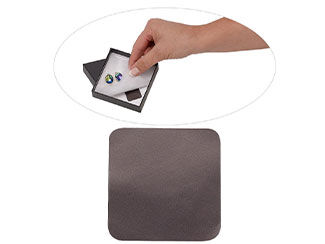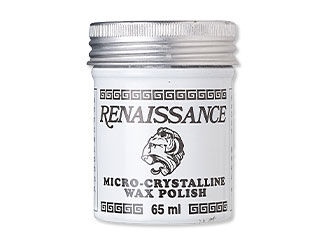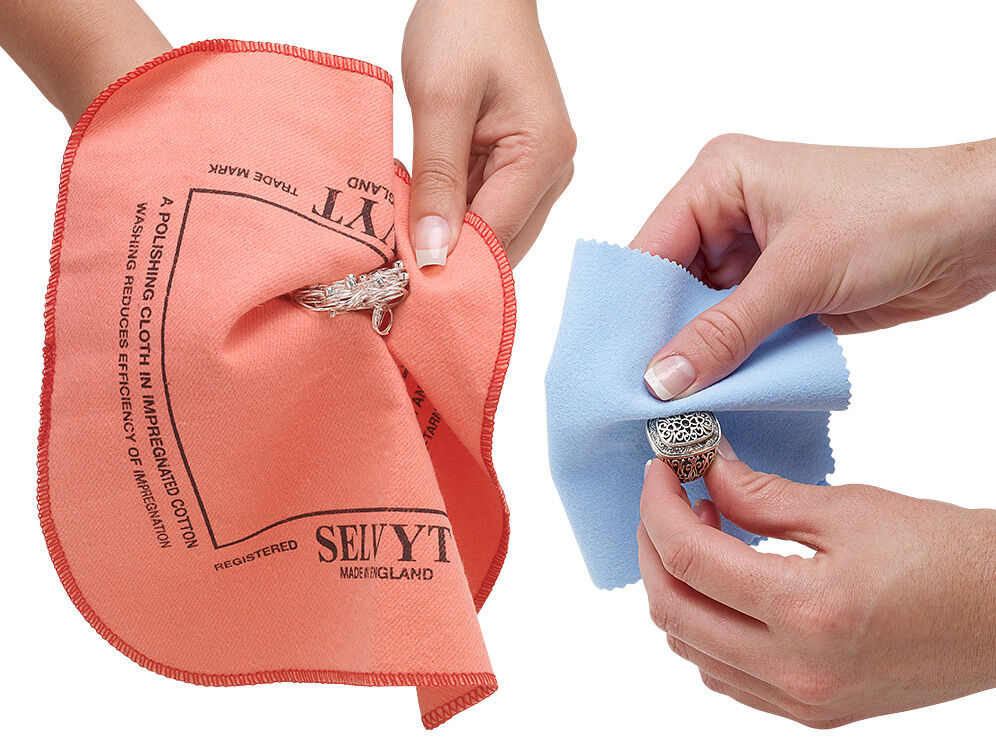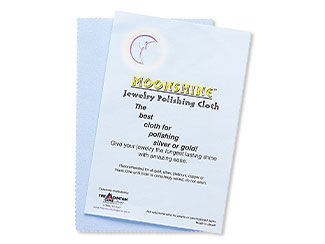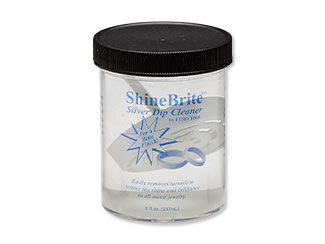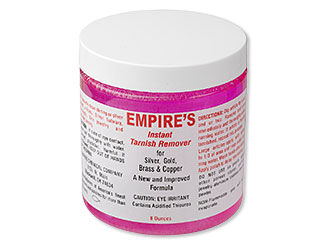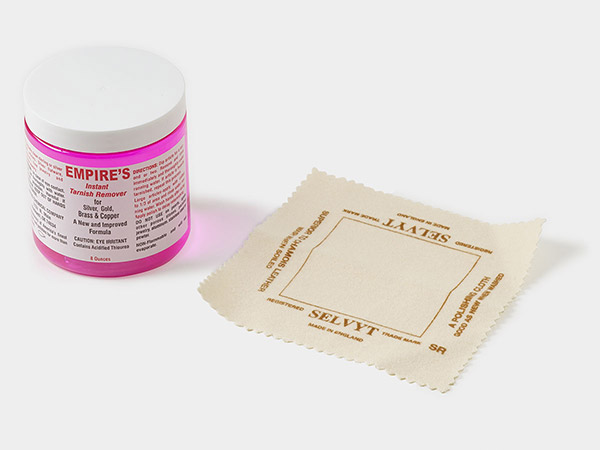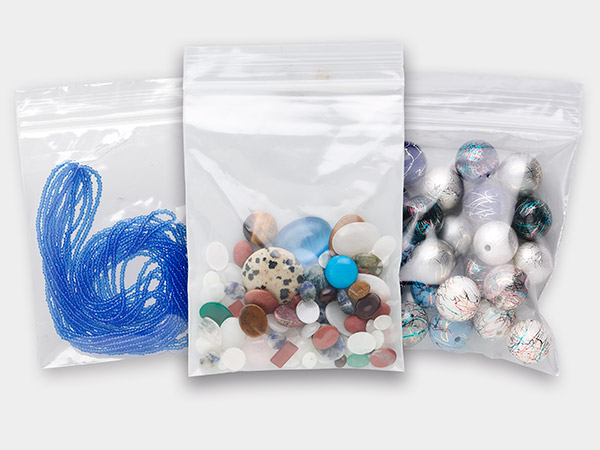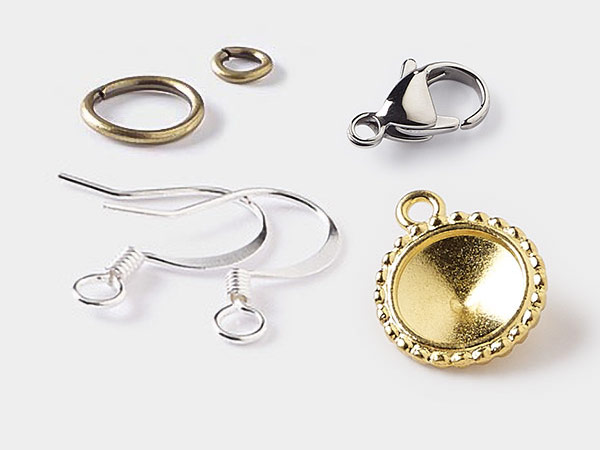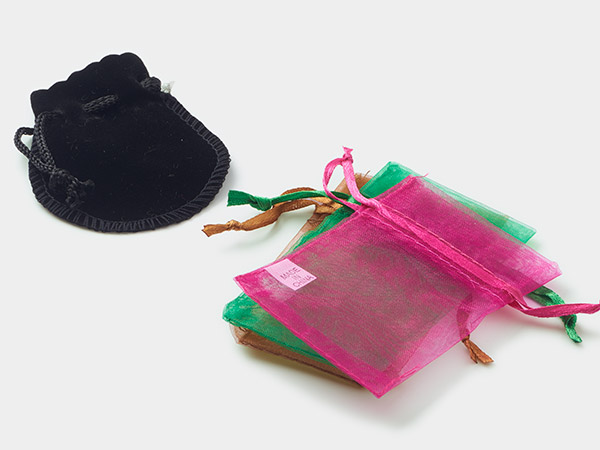Tarnish Prevention & Removal Tips
If you've ever opened your jewelry box to find a favorite piece looking dull, discolored or darkened, you’re not alone. Tarnish is a common concern—and one of the top-searched jewelry topics online for terms like how to clean tarnished jewelry, non-tarnish jewelry and tarnish-free jewelry. But what causes tarnish? Can it be prevented? And how can you restore the shine without damaging your jewelry—especially plated or antiqued pieces? This guide covers everything you need to know.
What is Tarnish and Why Does it Happen?
All metals have the potential to tarnish, develop a patina or lose their original luster over time. Tarnish is a surface-level chemical reaction that occurs when metal is exposed to air, moisture or certain substances like sulfur, acids or even everyday skin products. It’s especially common in metals such as sterling silver, copper, brass, gold-filled, gold-plated and silver-plated jewelry.
Common causes of tarnish include exposure to air and humidity, contact with skin oils, sweat, lotions or perfumes and improper storage near materials like rubber, paper or non-archival packaging. Even a person’s unique skin chemistry—particularly if it’s more acidic—can accelerate tarnishing. It’s important to note that even gold-plated and tarnish-resistant jewelry can dull or discolor over time, especially without proper care.
Tarnish Prevention Tips
Preventing tarnish starts with smart care and proper storage. One of the most effective ways to protect your jewelry is to store it in airtight containers or zip-top bags. Adding anti-tarnish strips or silica gel packets can help absorb moisture and reduce exposure to air. Find more information in this video tutorial How to Use Anti-Tarnish Strips. Be sure to avoid storing jewelry in damp environments like bathrooms which can accelerate tarnishing.
It’s also important to avoid harsh chemicals. Remove jewelry before applying lotions, perfumes or hair products, and never wear your pieces while swimming, bathing or cleaning, as chlorine and other chemicals can cause damage and discoloration.
Another helpful strategy is to apply a protective coating. Products like Renaissance® Wax or clear jewelry sealants can create a barrier between the metal and the air. This method is especially beneficial for brass and copper components, which tend to tarnish more quickly than other metals. With these simple steps, you can significantly extend the life and shine of your jewelry.
Cleaning Tarnished Jewelry
Cleaning tarnished jewelry requires choosing the right method based on the type of metal and whether the piece is plated, finished or intentionally antiqued. It’s important to note that plated and finished items should not be aggressively polished, as this may strip away the surface coating. Instead, use gentle cleaners or soft cloths designed specifically for jewelry care. For more detailed care instructions, refer to this guide: How to Care for Plated Jewelry.
For light tarnish, a jewelry polishing cloth—such as the Moonshine® polishing cloth—is often all that’s needed to gently buff the surface and restore shine. These cloths are safe for most metals and ideal for routine maintenance. Learn about the different types of polishing cloths in this illustrated guide: How to Clean Jewelry
For heavier tarnish on precious metals like sterling silver or karat gold, a liquid jewelry cleaner or dip can be effective. Options such as Shine Brite™ silver dip cleaner and Empire’s Instant Tarnish Remover are specially formulated for deep cleaning without damaging your pieces. Always follow the manufacturer’s instructions and avoid using these products on plated or patinated items.
When it comes to cleaning jewelry, steer clear of common DIY hacks like toothpaste—it’s abrasive and can scratch metal or damage finishes, especially on plated or patinated pieces. While home methods like baking soda and aluminum foil can lift tarnish from solid sterling silver, they should never be used on jewelry with delicate finishes or intentional oxidation.
Some jewelry is designed with an aged or oxidized appearance, known as a patina. A patina is a naturally or chemically induced finish on metal that creates an aged, oxidized look—often darkening crevices to highlight texture and design. Many designers use patinas to add character to copper, brass and silver jewelry. This look is often created intentionally with techniques like chemical oxidation using Liver of Sulfur™. To clean patinated pieces without removing the desired finish, avoid using dips or abrasives. Instead, gently clean exposed areas with a soft brush and mild soap, taking care not to disturb the patina.
As a rule, to keep your pieces looking their best, store them in airtight containers, use anti-tarnish strips and avoid exposing them to moisture, lotions or perfumes. And when tarnish does appear, choose the right cleaner based on the metal and finish—gently restoring shine without harming your jewelry’s character.
Explore a full range of cleaners and polishers to find the right products for your jewelry care routine.
Shop for Your Materials Here:
Have a question regarding this resource? Email Customer Service.
Copyright Permissions
All works of authorship (articles, videos, tutorials and other creative works) are from the Fire Mountain Gems and Beads® Collection, and permission to copy is granted for non-commercial educational purposes only. All other reproduction requires written permission. For more information, please email copyrightpermission@firemtn.com.
